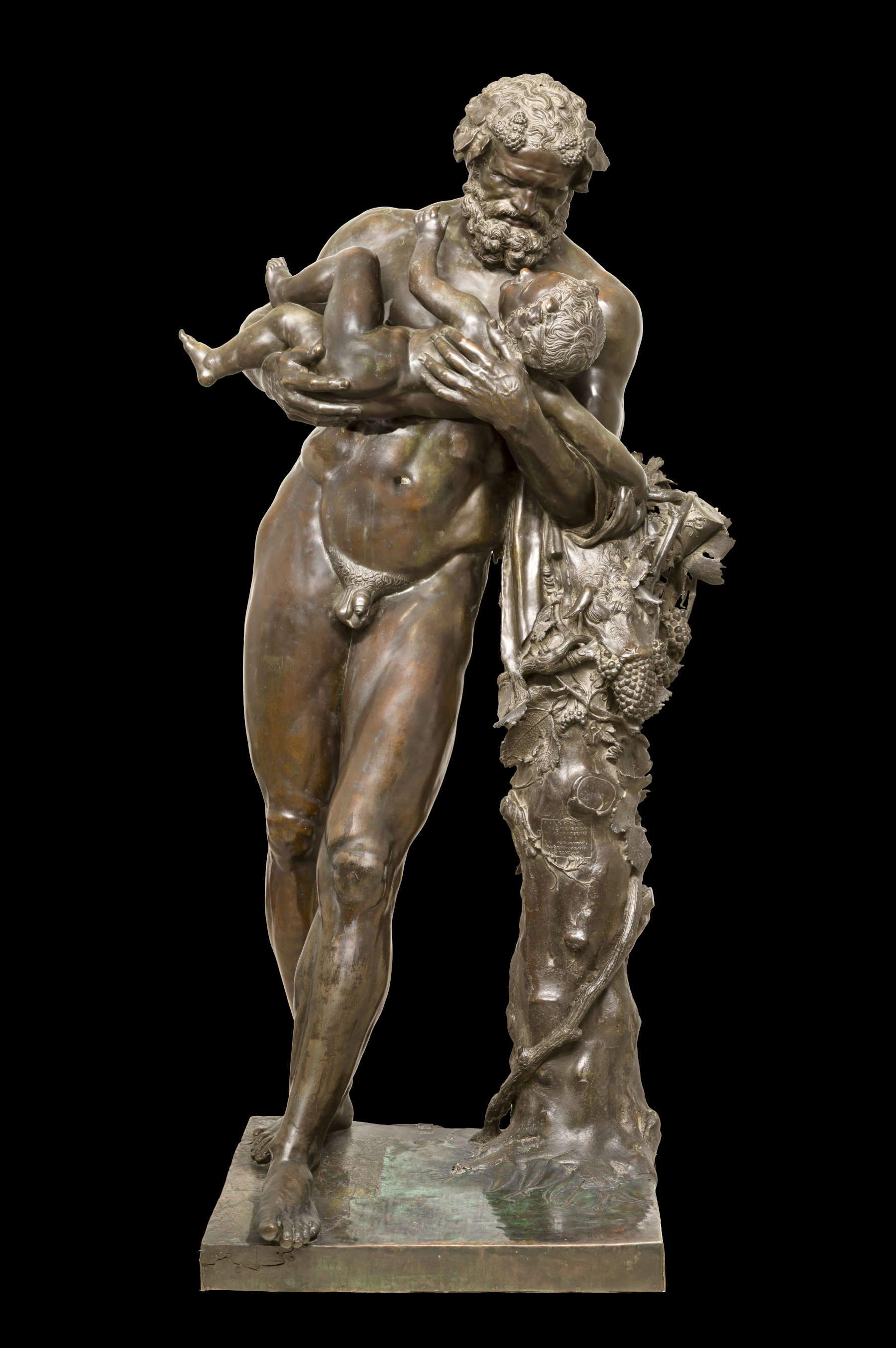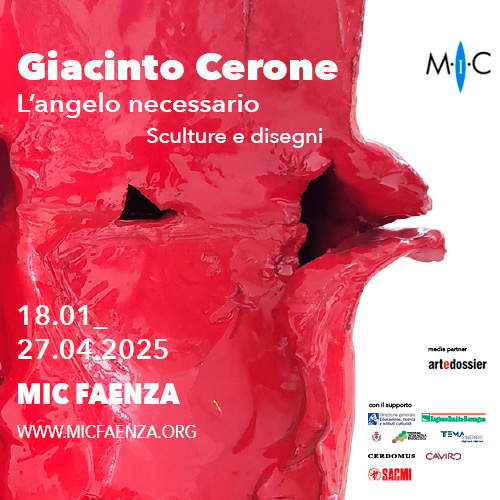Uffizi, restored Silenus with Bacchus by Jacopo del Duca: it is the first intervention on the work
Important restoration at the Uffizi: in fact, work on the Silenus with Bacchus as a child by Jacopo del Duca (Cefalù, c. 1502 - 1604), dating from 1571-1573, has been completed. The bronze of this great protagonist of sculpture in the Florence museum is back to shine after a complex restoration that lasted more than six months. Moreover, this intervention marks a milestone in the history of this sculpture, being the first modern restoration carried out on the work. It was necessary because of the considerable dulling of the bronze, caused by the numerous corrections and retouches that have altered the surface of the Silenus over the centuries, and to consolidate its base, which was affected by micro-lesions in several places.
The restoration, supervised by Flavia Puoti of the Uffizi Galleries and Veronica Collina, began last June and saw its conclusion only a few days ago. An initial phase of diagnostic analysis, also conducted in collaboration with theOpificio delle Pietre Dure, provided valuable information on the problems found in the work, allowing the sculpture’s original materials to be clearly distinguished from the elements added in previous maintenance work. A meticulous cleaning of all surfaces was then carried out, adapted to the specific needs of each individual area of the bronze: the operation was performed by a combination of chemical cleaning with organic solvents and mechanical cleaning with brushes mounted on a dental microdrill. Any small gaps were filled with pigmented microcrystalline wax, followed by careful pictorial retouching of the areas with the greatest color discrepancies. Deformations and microcracks in the base were treated with clamps and a targeted control of heat application. Upon completion of the restoration, a protective product was applied to further preserve the integrity of the sculpture’s surface.
 The Silenus
The Silenus The Silenus with Bacchus as a
The Silenus with Bacchus as a

The subject of the work is based on a marble statue, now housed in the Louvre, which is an Imperial-era Roman copy of a bronze dating from the late fourth century BCE, most likely attributable to Lysippus. The Silenus of the Louvre, also known as the Borghese Silenus, was discovered in the second half of the 16th century in Rome in the garden of Carlo Muti, located near the area originally occupied by the gardens of Sallust. The bronze copy in the Uffizi, attributed in 1993 by Paola Barocchi and Giovanna Gaeta Bertelà to Jacopo del Duca, was commissioned by Ferdinando I de’ Medici. Ferdinando de’ Medici, still a cardinal at the time, obtained permission from the owner of the marble to make a cast of it, from which Jacopo Del Duca was to create a model for a bronze casting. In 1588, the Grand Duke placed the sculpture, along with Bartolomeo Ammannati’s Mars Gradivo, inside the gallery of Villa Medici in Rome. Later, both bronzes were moved in front of the portico of the villa, on either side of the fountain of Mercury by the sculptor Giambologna. In 1787, at the initiative of Pietro Leopoldo of Lorraine, the Silenus with Bacchus as a child and Ammannati’s Mars were transferred to Florence and displayed in the Uffizi Gallery, where they can still be seen today.
Compared to the ancient version, the modern sculpture shows a more vivid naturalism: the facial features and musculature are rendered with greater precision, while the beard and hair are more detailed. The trunk of the tree on which Silenus leans is embellished with a vine climbing in a tangle of bunches and tendrils. The patron added a cartouche with an inscription from the Aeneid: “Wars, peace are my trade; so that under your far-sighted guidance, I will reveal the arcana of the fate of time to come.” This quote, linked to Silenus’ divinatory arts, could be interpreted as a tribute by Ferdinando de’ Medici to his father Cosimo, grand duke of Tuscany. Originally, the statue was to be used as a fountain, but this idea was abandoned before casting. It is likely that Ferdinando originally intended to give the work to his father, but Cosimo’s death in 1574 made this project impractical. The work was therefore placed in Ferdinando’s villa on the Pincio until it was transferred to the Uffizi.
 |
| Uffizi, restored Silenus with Bacchus by Jacopo del Duca: it is the first intervention on the work |
Warning: the translation into English of the original Italian article was created using automatic tools. We undertake to review all articles, but we do not guarantee the total absence of inaccuracies in the translation due to the program. You can find the original by clicking on the ITA button. If you find any mistake,please contact us.





























